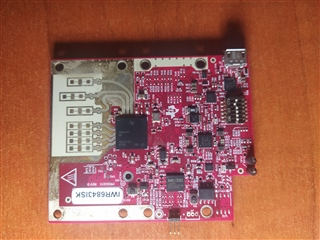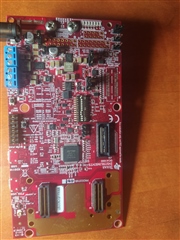Other Parts Discussed in Thread: IWR6843
Hello,
I'm using IWR6843ISK radar module and do some tests with OOB demo. The purpose of tests is to investigate maximum range dependence of slope of the chirp.
For theoretical calculations i use formula:
IWR6843 module has maximum IF bandwidth of 10 MHz, when ADC sampling rate is set to maximum value.
For example if slope is configured to 76.9 MHz/uS then:
Rmax = 19.5 m.
I expect to not see any detected object beyond range 19.5m, but when i do test with walking human radar detects human at range > 19.5m. Screenshot of this test:
How i should interpret these results when object is detected beyond maximum theoretical range?
Full configuration of radar:
Thank you,
Rytis



